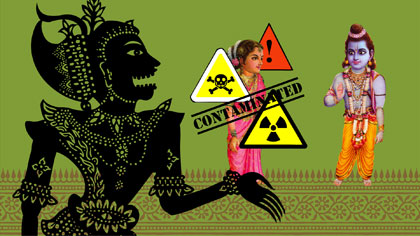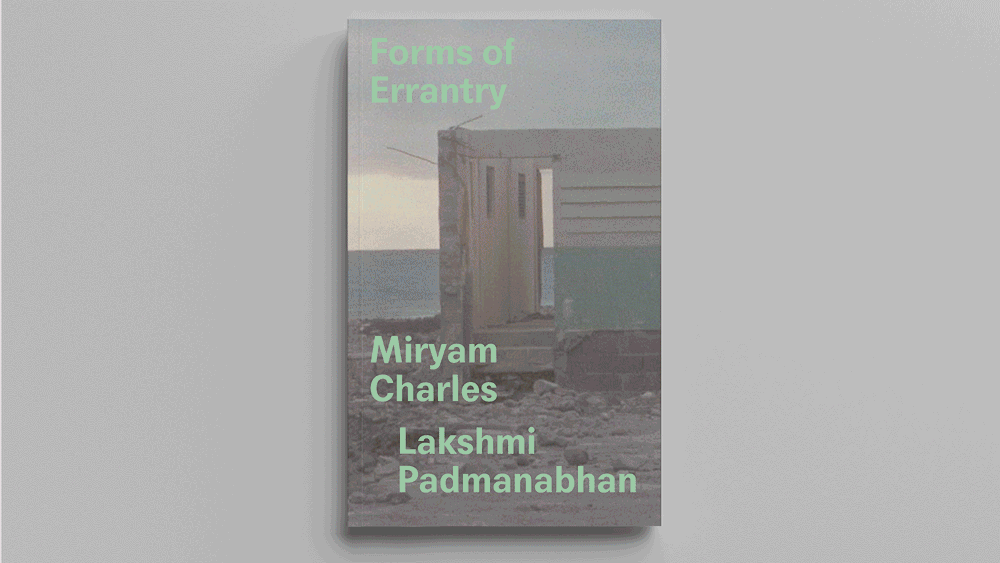http://www.chetanindia.org/is-generic-lipitor-available-in-usa/
Sita Sings the Blues never really feels like a documentary. It is not merely that the film is drawn rather than photographed, or that it is packed with unmotivated musical interludes. These tactics have all appeared in other films more convincingly categorized as documentary, but Nina Paley’s film is loosened from whatever strand ties those movies to a larger non-fiction ethic. It seems a disservice to the film itself, and to an expansive definition of documentary, to label it as such.
What is it then, that places Sita Sings The Blues more comfortably in another context? I think it has something to do with specificity. Most documentaries, traditional or otherwise, attempt to understand the world through the rapid and immense accumulation of real detail that occurs the minute you turn on a camera or a microphone. Though Sita Sings the Blues is premised on a comparison between an episode in the Ramayana, the Indian epic poem, and the break-up of the director’s own marriage, the stories it tells are designed with an emphasis on the general. Rather than present a single version of the Sita tale, Paley gives us a group of narrators, each represented on screen by figures drawn to resemble puppets, who disagree about or misremember various elements of the legend, the image accommodating each revision instead of acting as a counterpoint. In the parallel narrative, Paley and her husband could be almost any man or any woman. Their lives and personalities are not elaborated upon. The similarities between Sita’s story and Paley’s are broad — they each see their marriages destroyed by their husbands’ reactions to exile. Beyond this outline, the tales do not really inform each other. The movie’s musical segments, which picture Sita singing Annette Hanshaw songs against bright, busy, Bollywood-style backgrounds, also feel only haphazardly related to the whole. To a small extent, the blues music carries the two stories’ emotional weight. Sita’s sorrow appears largely elided by the ancient text and we know so little of the “Nina” character that her plight is rarely involving; here the music forges a connection with the audience that the narrative does not. But the blues is neither invited by these stories nor divergent enough from them to create the kind of frisson Paley may intend. The three major components of the movie progress in parallel without ever refracting. One piece doesn’t doesn’t tell us more about another. The film then ultimately pertains more to the nature of storytelling — with how individuals can find the elements of their own lives within the grandest, most remote sagas — than its ostensible subjects.
I think it is only through this lens that Sita Sings The Blues is successful. Someone expecting to learn about or re-imagine the Ramayana or to be granted the autobiographical access of the personal documentary will be sorely disappointed here. Likewise, one attempting to redraw the lines of non-fiction will find better examples elsewhere. Such an activity seems most worthwhile when it enriches our understanding of the real. When it makes the world seem like a bigger place than before. The best experimental non-fiction films avoid the generic trappings of documentary, but align themselves with the documentary tradition through a certain concreteness about their subjects. The “accurate” representation of reality is not the most useful yardstick to measure a film’s documentary qualifications. Nonetheless whoever describes a certain movie as a documentary makes an unavoidably ontological distinction. How that distinction is really substantiated is a difficult question and maybe impossible to answer in general terms, but at the very least, documentaries maintain a different criterion of believability. It seems that many non-fiction films satisfy that criterion by harnessing the form’s natural, relentless specificity. Sita Sings the Blues does not do this, nor do I think it intends to. To classify it as a documentary draws the genre’s boundaries so wide as to render them meaningless. Buy Buy







Is Sita a documentary? Well it’s a good clue to the nature of expectation when sitting down to watch a movie (any movie): does viewing it in a certain lens (documentary, drama, historical fiction… musical(!) ultimately change your experience of it?
And when movies attempt to blur these categorical distinctions by experimenting, what are the ways that it ‘works’? For me, it’s strong narrative elements: story works, and if the segments featuring her (Paley) personal story were more strongly connected to the story of Sita (as a universal story of female heartbreak) it might have worked better as a doc. But it certainly was entertaining!
Pingback: Sita Sings the Blues now screening at IFC Center – UnionDocs